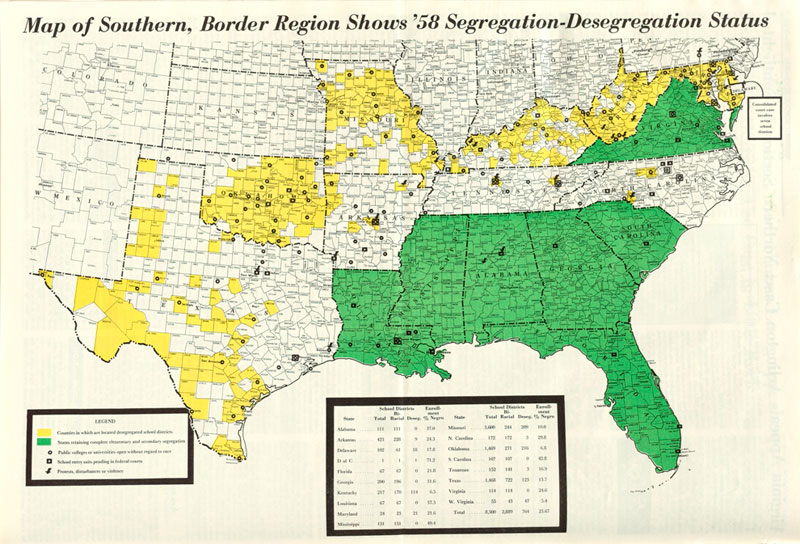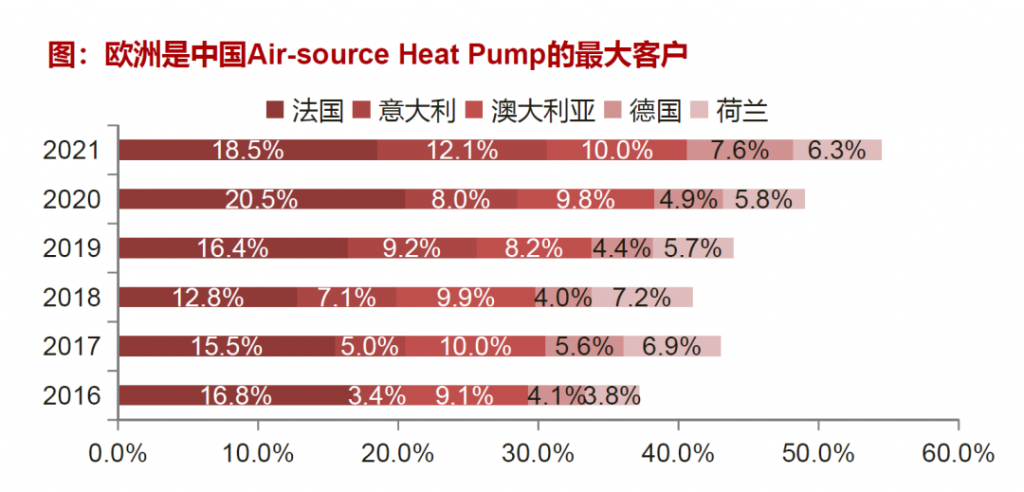The Fall Of School Desegregation Orders: A New Chapter Begins

Table of Contents
The stark reality is this: despite landmark legal victories aimed at achieving racial equality in education, many American schools remain deeply segregated. While Brown v. Board of Education declared state laws establishing separate public schools for black and white students unconstitutional, the dream of integrated classrooms remains elusive for many. This article examines the troubling decline of effective school desegregation orders, exploring the complex factors contributing to this regression and proposing paths forward to achieve genuine educational equity. We will delve into the historical context, legal challenges, and systemic inequalities that have undermined the progress made towards dismantling school segregation, ultimately posing the critical question: how can we effectively revitalize the fight for true integration in our schools?
H2: The Erosion of Brown v. Board of Education's Legacy:
The 1954 Brown v. Board of Education Supreme Court decision was a monumental victory in the Civil Rights Movement, declaring state-sponsored segregation in public schools inherently unequal. However, the implementation of this ruling proved to be a long, arduous, and often violently resisted process. Massive resistance from Southern states and communities employed various strategies to circumvent desegregation orders, leading to decades of legal battles and ongoing struggles for equality.
The slow and uneven implementation of Brown is well-documented. Many districts employed token integration efforts, while others actively resisted, leading to de facto segregation—segregation not mandated by law but resulting from residential patterns and school policies.
- Examples of successful resistance to desegregation efforts: The use of private schools, the creation of "freedom of choice" plans that effectively maintained segregation, and gerrymandering of school districts are all examples of strategies employed to undermine desegregation mandates.
- The role of "white flight" and housing segregation in undermining desegregation: As schools began to integrate, many white families moved to suburban areas, often through discriminatory housing practices, leaving behind predominantly minority schools with fewer resources.
- The rise of school choice programs and their impact on segregation: While proponents argue school choice increases educational options, critics contend that it can exacerbate segregation by allowing families to select schools based on racial demographics, further entrenching existing inequalities.
H2: The Role of Funding and Resource Disparities:
Unequal funding is a significant contributor to de facto segregation. Schools in predominantly minority neighborhoods often receive significantly less funding than those in predominantly white areas, resulting in disparities in resources, teacher quality, and educational opportunities. These resource disparities directly contribute to achievement gaps and perpetuate educational inequities.
- Statistics on funding disparities between school districts: Studies consistently reveal substantial funding gaps between wealthy and impoverished school districts, often correlating with racial demographics.
- Examples of how resource disparities affect student outcomes: Lack of access to advanced courses, technology, and qualified teachers in underfunded schools limits student opportunities and impacts their academic performance.
- The link between school segregation and the achievement gap: The persistent achievement gap between white and minority students is inextricably linked to school segregation and the resulting resource disparities.
H2: The Shifting Legal Landscape and Judicial Interpretation:
The legal interpretation of desegregation mandates has evolved significantly over time. While initially focused on dismantling legally mandated segregation, the legal focus has shifted towards addressing the effects of past discrimination. Supreme Court decisions have played a critical role in shaping this evolving landscape, often narrowing the scope of desegregation remedies.
- Key Supreme Court cases and their impact on school desegregation: Cases such as Milliken v. Bradley (1974) limited the ability of courts to order desegregation across district lines, effectively hindering efforts to address metropolitan-wide segregation.
- Changes in legal strategies employed by civil rights organizations: As legal challenges to overt segregation have become less successful, civil rights organizations are increasingly focusing on addressing the root causes of de facto segregation, such as funding disparities and housing segregation.
- The challenges of proving intentional segregation in the modern era: Demonstrating intentional segregation in the current context is difficult, making it harder to secure legal remedies.
H2: A Path Forward: Reimagining School Desegregation Efforts:
Addressing the resurgence of school segregation requires a comprehensive approach tackling funding inequalities, housing segregation, and school choice policies. We must move beyond simply reacting to the symptoms and address the root causes of this persistent problem.
- Strategies for increasing school funding equity: This includes reforming state funding formulas to ensure equitable distribution of resources, and advocating for increased federal funding for under-resourced schools.
- Policy recommendations for promoting integrated housing: Addressing housing segregation through fair housing policies, investing in affordable housing in integrated neighborhoods, and tackling discriminatory lending practices are crucial.
- Innovative approaches to fostering diverse school communities: This includes implementing magnet schools, encouraging inter-district transfers, and creating collaborative partnerships between schools in different neighborhoods.
Conclusion:
The decline of effective school desegregation orders reflects a complex interplay of historical injustices, legal challenges, and systemic inequalities. Understanding this "fall of school desegregation orders" is critical to building a more just and equitable future for all students. We must not allow the gains of the Civil Rights Movement to be eroded. We need to actively engage in fighting for school desegregation by supporting organizations working to promote educational equity, advocating for policy changes that address funding disparities and housing segregation, and promoting community-based initiatives that foster integrated schools. Let's work together to ensure that every child, regardless of race or socioeconomic background, has access to a quality education. Learn more about the ongoing struggle for school desegregation and find ways to get involved at [link to relevant organization 1] and [link to relevant organization 2]. The future of our educational system, and the future of our nation, depends on it.

Featured Posts
-
 England Star Stanway Honors Girl Killed In Tragic Pitchside Accident
May 03, 2025
England Star Stanway Honors Girl Killed In Tragic Pitchside Accident
May 03, 2025 -
 Largest Heat Pump System Launched A Collaboration Between Innomotics Eneco And Johnson Controls
May 03, 2025
Largest Heat Pump System Launched A Collaboration Between Innomotics Eneco And Johnson Controls
May 03, 2025 -
 Huong Vi Doc Dao Cua Loai Qua Xua Gia 60 000d Kg Duoc Dan Thanh Pho Yeu Thich
May 03, 2025
Huong Vi Doc Dao Cua Loai Qua Xua Gia 60 000d Kg Duoc Dan Thanh Pho Yeu Thich
May 03, 2025 -
 Wyjatkowe Wyroznienia Solidarnosc I Republika Analiza Roznic I Podobienstw
May 03, 2025
Wyjatkowe Wyroznienia Solidarnosc I Republika Analiza Roznic I Podobienstw
May 03, 2025 -
 Donkey Roundup A Southern California Tradition
May 03, 2025
Donkey Roundup A Southern California Tradition
May 03, 2025
